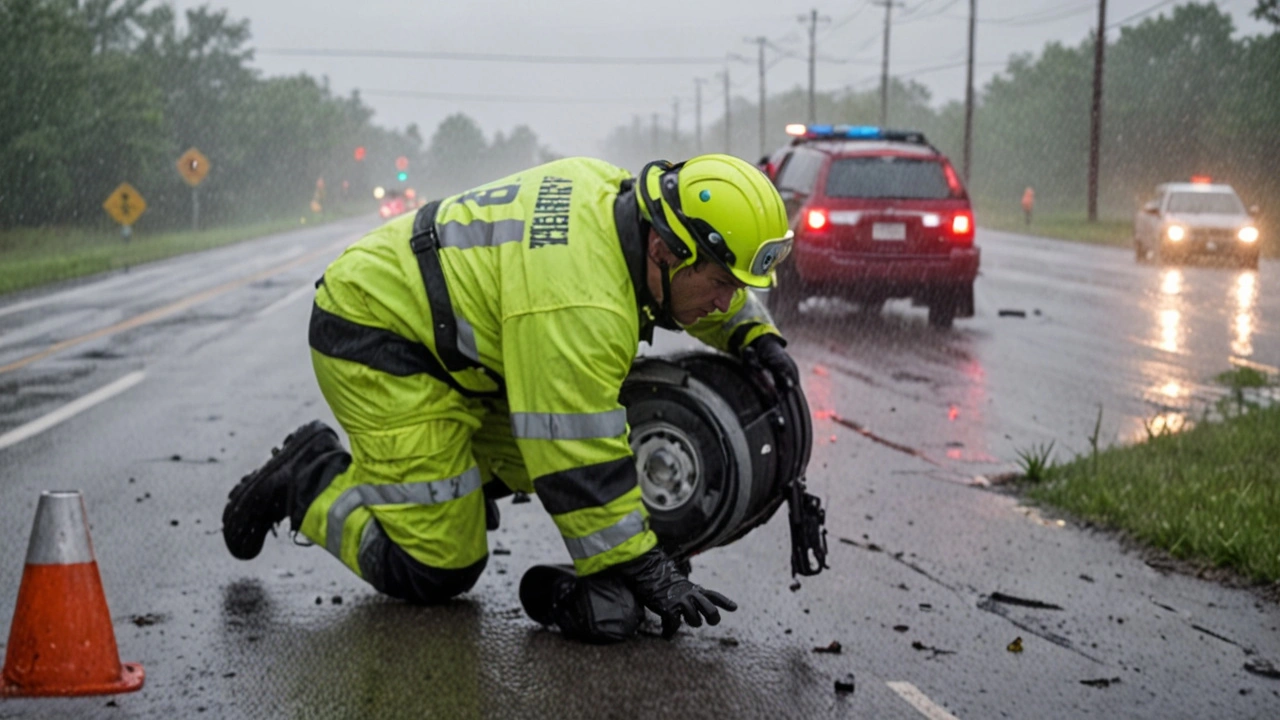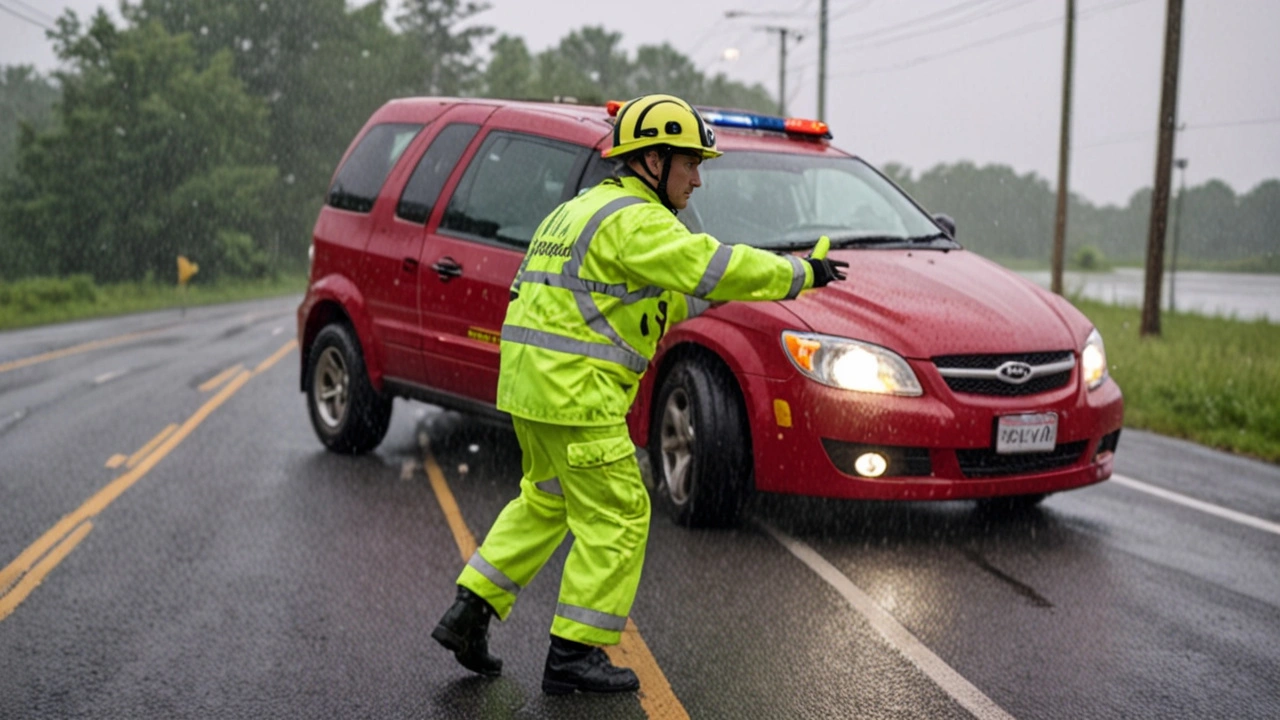
Hurricane Beryl Carves Path of Destruction in Texas
Early on Monday, Hurricane Beryl descended upon the Texas coast, heralding a maelstrom of chaos and destruction that showcased the raw, untamed power of Mother Nature. The tempest claimed the lives of at least four individuals, left over 2 million without power, and triggered widespread flooding that has paralyzed much of the region. The National Hurricane Center had anticipated the storm’s wrath, issuing dire warnings across the Texas coastline. The destruction was as predicted, with hurricane-force winds toppling structures and relentless rainfall inundating communities. Rainfall amounts ranged between 5 to 10 inches generally, but some areas experienced deluges of up to 15 inches, exacerbating the catastrophe.
Prolonged Power Outages and Mass Evacuations
In light of the impending disaster, Acting Governor Dan Patrick took swift action, declaring a state of disaster across 120 counties. This unprecedented measure underscored the seriousness of the situation and urged residents to evacuate ahead of the storm's arrival. However, for many, evacuation was not an option or came too late, leaving them to weather the storm’s fury. The result was widespread blackouts, with over 398,000 properties and businesses without power. The restoration of electricity could take days, if not weeks, as emergency crews navigate the daunting task of repairing a decimated infrastructure.

Houston and its Surrounding Areas Hit Hard
Houston, the most populous city in Texas, found itself at the storm's epicenter, facing torrents of rain and flash flooding. The city braced for rainfall totals that could reach up to 15 inches, and residents were on high alert for potential flash floods. Major highways transformed into rivers, inhibiting rescue operations and further jeopardizing lives. Consequently, numerous school districts, including those in Houston, announced closures to keep students and staff safe amid the hazardous conditions. Transportation services were also suspended, cutting off many from critical travel and supplies. The Texas Gulf Coast's vital ports, including Corpus Christi, Galveston, Freeport, and Texas City, were forced to cease operations as the tempest raged, disrupting logistical chains and commerce.
Severe Coastal Conditions and Long-term Impact
The National Weather Service issued cautions regarding life-threatening storm surges, which posed a significant risk of coastal flooding and perilous rip currents. This phenomenon compounded the havoc wreaked by the hurricane, further stressing the already stretched emergency services and causing additional evacuations. Tragically, Beryl’s impact was not confined to Texas. The storm had previously battered the Caribbean, where it deprived lives and inflicted substantial infrastructure damage on several islands, adding to the heart-wrenching tales of loss and resilience stemming from this natural disaster.

Community Response and Recovery Efforts
As the hurricane recedes, recovery efforts are ramping up despite the lingering challenges. First responders, utility workers, and volunteers are tirelessly working to clear debris, restore power, and provide aid to the affected populace. The scale of the destruction necessitates a concerted effort from both local authorities and federal assistance to ensure a swift and effective recovery. Relief funds are being allocated to assist in rebuilding efforts, providing temporary housing for those displaced, and addressing the immediate needs of the victims.
Call to Action for Future Resilience
This calamity underscores the pressing need for improved hurricane preparedness and resilient infrastructure. With climate change fueling the frequency and intensity of such storms, investing in robust defensive measures and early warning systems is imperative. Communities, especially in hurricane-prone areas, must be equipped with the knowledge, resources, and infrastructure to better withstand future onslaughts. The lesson from Hurricane Beryl is clear: preemptive action and stringent planning are key to mitigating the disastrous impact of future hurricanes.

Enduring the Aftermath
In the wake of Hurricane Beryl, Texas stands in solidarity, united in the face of adversity. The resolve to rebuild is strong among the survivors, who draw strength from each other and the broader national community's support. As recovery efforts continue, the focus remains on restoring normalcy and enhancing resilience to safeguard against future natural disasters. The indomitable spirit of the Texan people, coupled with coordinated state and federal efforts, promises a resilient recovery journey despite the daunting challenges ahead.





